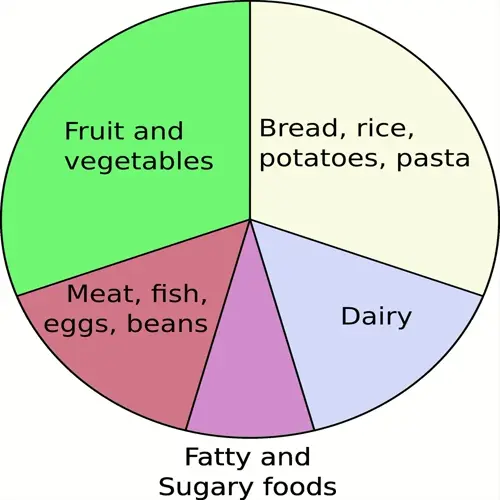How do therapy animals facilitate social connections?

Written by
Natalie Hamilton
Reviewed by
Prof. Benjamin Murphy, Ph.D.Therapeutic animals play a powerful role as social catalysts, providing neutral opportunities for interaction where inhibitions can be dropped and people are free to meet without barriers. Animals offer a presence that is non-judgmental and has a relaxing effect on social anxiety, allowing for interactions that could otherwise feel alienating in life. Therapeutic animals can serve as a bridge for people who feel uncomfortable interacting with others in conventional ways.
Conversation Starters
- Animals provide neutral topics that ease social initiation
- Shared animal experiences create immediate common ground
- People bond over animal behaviors and personalities
Non-Verbal Practice
- Interpreting animal body language builds observational skills
- Touch-based communication teaches consent boundaries
- Silent interactions develop comfort without words
Group Integration
- Cooperative animal care establishes teamwork
- Shared activities reduce social pressure
- Animals create natural focal points in group settings
Animals uniquely bridge generational gaps because they are appealing to people of all ages. Children and old people may find common interest in the same animal or animal care. Youth volunteers who contribute their time to caring activities bridge the empathy gap by helping elderly participants. All the stereotypes of age melt away when people are interacting directly with animals for their benefit.
For neurodivergent individuals, animals provide an alternative means of communication. Interacting with animals helps build social self-esteem, which can then be transferred to interactions with humans. The predictable nature of animal responses creates safe training environments. For many, there's less anxiety in interacting with animals than with those of their own kind.
Group therapy environments employ animals as *social bonding devices*. Clients moderate their interaction with each other by engaging in animal-oriented activities such as grooming or training. Attention is diverted from performance anxiety caused by social situations to tasks requiring cooperation. Common responsibility also creates a natural setting for teamwork, and as a factor of mutual realization.
Read the full article: Pet Therapy Benefits: A Comprehensive Guide

